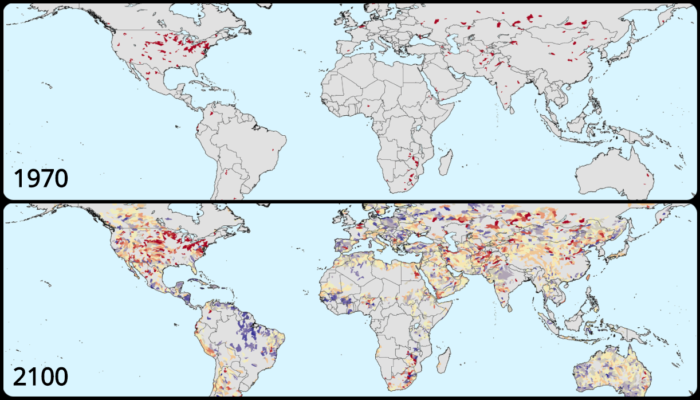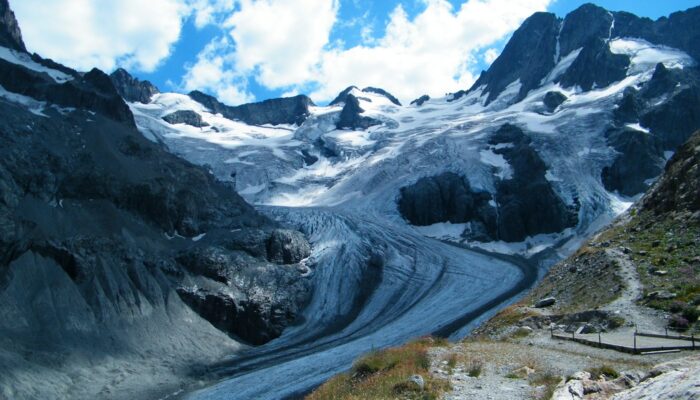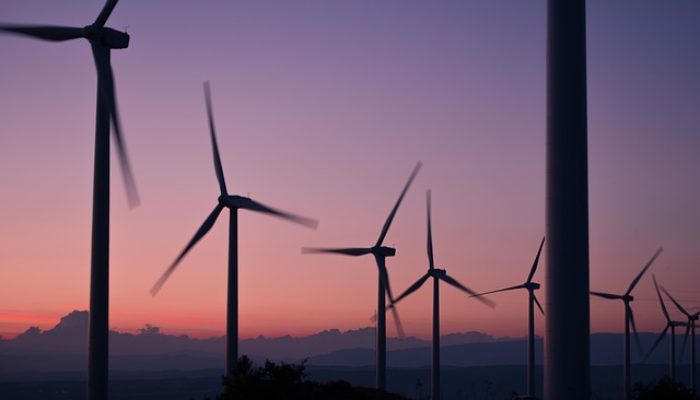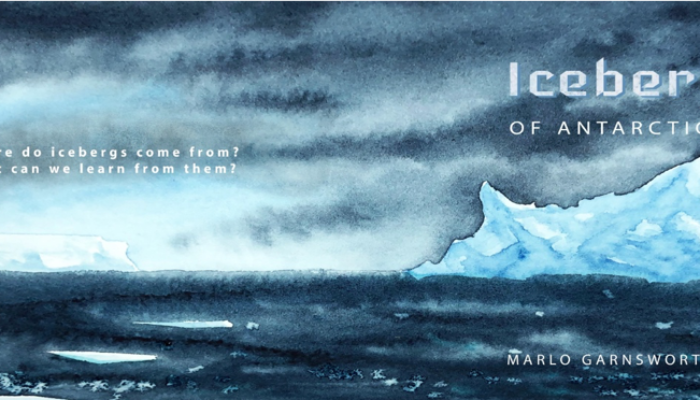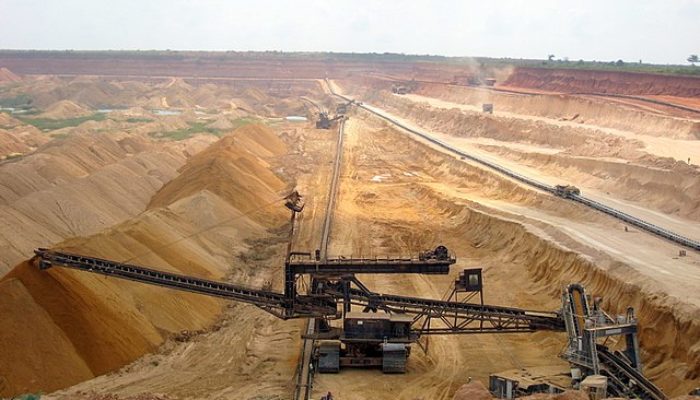Post by Inge de Graaf, Assistant Professor of Hydrological Environmental Systems at the University of Freiburg. With the climate strikes happening all over the world, I sometimes wish I had a crystal ball that would allow me to look into the future. Or even better, a crystal ball that could show me different scenarios of what will happen if we change, or not. Well, I do not have a crystal ball, bu ...[Read More]
If you didn't find what you was looking for try searching again.
GeoLog
September GeoRoundUp: the best of the Earth sciences from around the web
Drawing inspiration from popular stories on our social media channels, major geoscience headlines, as well as unique and quirky research, this monthly column aims to bring you the latest Earth and planetary science news from around the web. Major stories Latest IPCC report puts the oceans and cryosphere in focus Last month the United Nations’ Intergovernmental Panel on Climate Change (IPCC) releas ...[Read More]
Geology for Global Development
Necessary Evils in Transitioning to a Sustainable Future
Robert Emberson can’t help but wondering how geoscience, whilst having great potential for helping sustainable development, has been fueling polluting industries for centuries. Should geoscientists shy away completely from engaging with traditional industries? What are their roles and geoscientists’ roles in transitioning to a more sustainable world? [Editor’s note: This post reflects ...[Read More]
Climate: Past, Present & Future
Habits in numerical model construction
Numerical models are omnipresent in climate research. Constructed to understand the past, to forecast future climate and to gain new knowledge on natural processes and interactions, they enable the simulation of experiments at otherwise unreachable time and spatial scales. These instruments have long been considered to be fed – let even determined – by either theories or observations alone. ...[Read More]
Geodynamics
Dancing on a volcano – the unspoken scientific endeavour
Doing science is not a walk in the park. In fact, it might be closer to dancing on a volcano. Dan Bower, CSH and Ambizione Fellow at the University of Bern, Switzerland, takes full advantage of the creative freedom of a blog post to reiterate that scientific progress is not a straight-forward endeavour. We all learn early in our education about the scientific method—the scientific approach t ...[Read More]
Stratigraphy, Sedimentology and Palaeontology
The hard part of life: the secrets of biomineralization
Biomineralization is a fascinating natural process by which living organisms produce hierarchical mineral structures with diverse functions. The “secrets” of biomineralization are explored by the scientists since decades but there are still open questions regarding its function, the regulating mechanisms and why and when biomineralization started.This process occurs through self-organization of or ...[Read More]
GeoLog
GeoPolicy: One American’s way into the European Commission
An unsolicited email to a LinkedIn connection holding the title “science communicator” led me to the European Commission. My journalism master’s thesis was now complete, and I was in hasty pursuit of a career in citizen engagement of science. The EGU’s Policy Officer Chloe Hill responded to my spontaneous request for career direction and forwarded me a running list of science-policy traineeships a ...[Read More]
Cryospheric Sciences
Cryo-Comm – Capturing Ice
In this week’s blogpost, author, editor, artist, and outreach expert Marlo Garnsworthy gives some insights into her recent trip to Iceberg Alley, gives you some tips on how to communicate icy science, and shows us her inspirational artwork. If you’re reading this, ice may be on your mind. Ice is surely on mine. During my day job as a creative and editor, I dip frequently into Twitter for the lates ...[Read More]
Geodynamics
The Sassy Scientist – Earthquake Exoteries Nr. II
Every week, The Sassy Scientist answers a question on geodynamics, related topics, academic life, the universe or anything in between with a healthy dose of sarcasm. Do you have a question for The Sassy Scientist? Submit your question here or leave a comment below. In a comment on a post about the key papers in geodynamics, the Curmudgeonly Commenter asked: Could you please point out some exceptio ...[Read More]
Geology for Global Development
How successful disaster risk reduction looks like. Modelling economics with climate science. How do rocks end up in your food? That and more in Jesse Zondervan’s September 2019 #GfGDpicks #SciComm
Each month, Jesse Zondervan picks his favourite posts from geoscience and development blogs/news which cover the geology for global development interest. Here’s a round-up of Jesse’s selections for the last month: Minimising disaster risk has two dimensions, understanding the hazard and targeting people’s behaviour. Therefore to prevent volcanoes killing people, researchers have studied why people ...[Read More]

